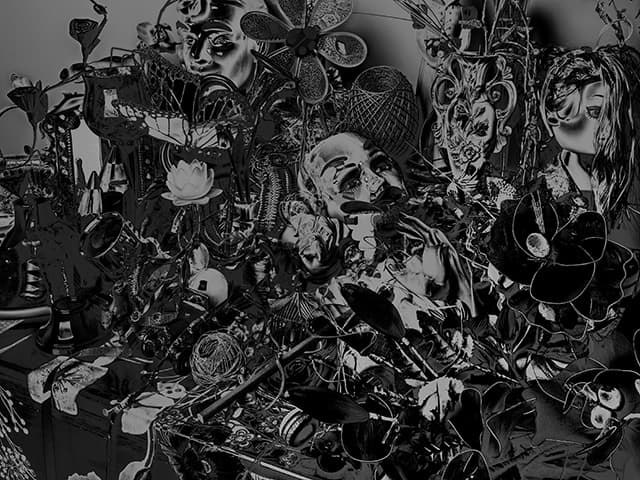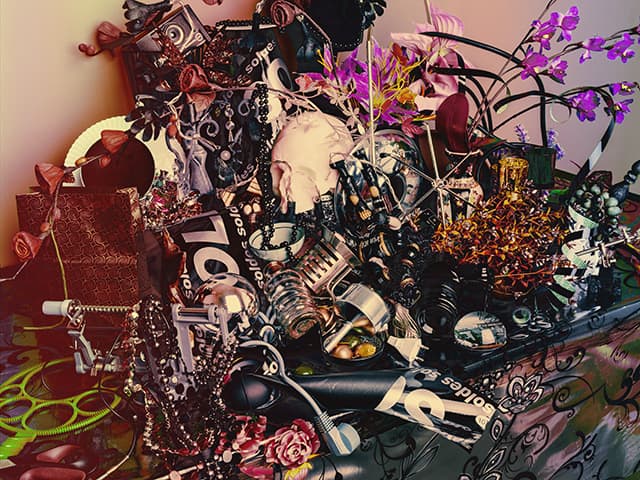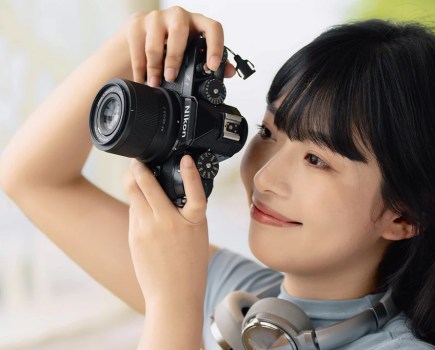[Photo credit: © Valérie Belin]
Belin beat more than 700 nominated photographers, including 12 finalists, with her series ‘Still Life, 2014’ about which she said: ‘These still lifes offer a jarring commentary on the effects of our obsession with cheap objects, for not only is their material (plastic) emblematic of the wasteful use of raw materials, but it also represents a grotesque kind of immortality because of its non-biodegradable nature – an immortality that, one could say, is slowly killing the planet.’
Belin bagged the top prize of 100,000 Swiss francs.
 [Photo credit: © Valérie Belin]
[Photo credit: © Valérie Belin]
Chair of the judges, professor Sir David King, said: ‘Disorder is a powerful and complex theme, for which over 700 photographers were nominated, many responding with clarity and brilliance.
‘In fact, the quality of the nominations made the jury debate one of the toughest we have had.
‘Any one of the 12 artists nominated would have been a worthy winner.’
Kofi Annan, former United Nations secretary-general and honorary president of Prix Pictet, said: ‘Our times are defined by “disorder” – disorder, at the very moment in human history when we almost dared imagine that no problem was beyond our capacity to solve.
‘Remarkable advances in medicine have helped to eradicate scores of formerly fatal diseases.
‘We are capable of breathtaking feats of engineering – raising mighty dams, flood defences and soaring earthquake-proof buildings.
‘Our mastery over manifold aspects of life has deluded us into thinking that we have bent the planet to our will.’
Annan added: ‘Yet the fragility of that assumption is exposed with each new pandemic, earthquake, tsunami or drought.
‘With each passing day our illusion of order is shattered.’
The work of the 12 shortlisted photographers has gone on show at the Musée d’Art Moderne de la Ville de Paris in France from today.
The Prix Pictet photography prize was set up in 2008.








